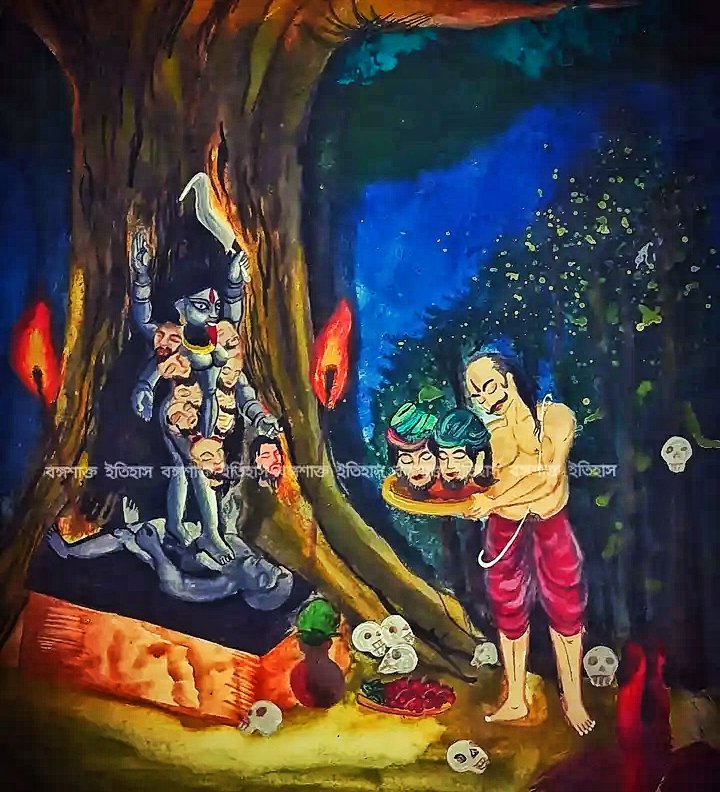⚜️】 Description of Rayashrestha Maharaja Pratapaditya and Jashōr Rāj-dôrbar in Jesuit Missionary Chronicles 【
📜 Long thread with rarest graphic collections describing Rei de Benghalla 🗡️
1/10
📜 Long thread with rarest graphic collections describing Rei de Benghalla 🗡️
1/10

At the end of 16th century several Jesuit missionaries from Portugal visited the Kingdom of Jashōr (m. Chandicaen) to establish trade with Bengal. In 1598, Father Franciseus Fernandez from Porto de Grandé sent Dommicus Sosa in Chandecan who narrated the Chronica primária.
2/10


2/10


On 20 November 1599, two Jesuit missionaries Melchiorem Fonsecom and Andreãm Boues arrived in Jessore. On Monday they were allowed to visit the Raj-Dôrbar of Jashor and to meet the coveted ruler Maharaja Pratapaditya.
3/10


3/10


👑 𝕬𝖕𝖕𝖊𝖆𝖗𝖆𝖓𝖈𝖊 :
Rayashrestha Pratapaditya was tall, broad shouldered and of strong build with well developed muscles. He was of fair complexion with a broad thick moustache and a scar on the right side of his forehead.
4/10
Rayashrestha Pratapaditya was tall, broad shouldered and of strong build with well developed muscles. He was of fair complexion with a broad thick moustache and a scar on the right side of his forehead.
4/10

India Orientalis mentions the missionaries gifted offerings of the dinheiros, crab swords (carracks), olive oils and juicy algarve oranges brought from Berenga. They described appearance of the Rayashrestha in court in a in glittering illustration.
5/10




5/10




"The heathen monarch of this wealthy kingdom appeared at the centre of the Dôrbar sitting on a magnificent throne. We saw the king typically wore luxurious clothing made of rich fabrics, adorned with intricate embroidery, jewels, and precious metals.
6/10
6/10

He donned a regal turban, with a feather and jewel on top, and accessories with ornate jewelry. His presence was conveying power and opulence, so his attire was meticulously reflecting this image."
7/10
7/10

The courtiers and nobles attending the Dorbar wore elaborate and colorful garments made of luxurious fabrics of silk and brocade. The Durbar Hall had stripes on the hexagonal columns and ornate Hindu mythological designs on the arches.
8/10


8/10


Maharaja Pratapaditya was very fierce and arrogant by nature. The missionaries described they had not seen any sign of smile on his face since they arrived to his court. He strictly controlled the administrators and all the members in the meeting were always in awe of him.
9/10
9/10

He is a great donor. Every day he met the hundreds of poor people who came to the palace, listened attentively to their sorrows and blessed them with modest donations. Folklores compared him with Lord Indra & Vasuki for his affection towards donation.
10/10
10/10

The palace was constructed of burnt bricks that are finely polished in reddish complexion. The bricks are flat, thin, red burnt-clay bricks brought from the western border of this kingdom (probably Bardhaman).
11/n
11/n

@threadreaderapp unroll
@rattibha compile
• • •
Missing some Tweet in this thread? You can try to
force a refresh

 Read on Twitter
Read on Twitter






























